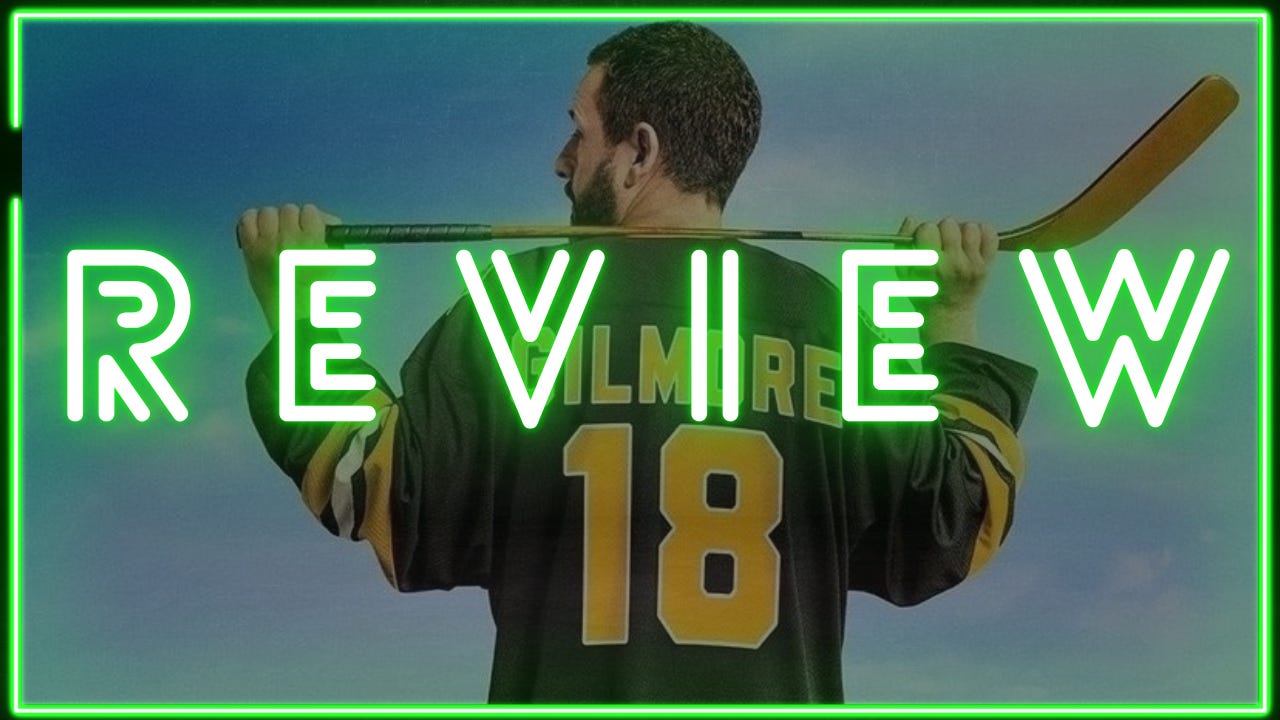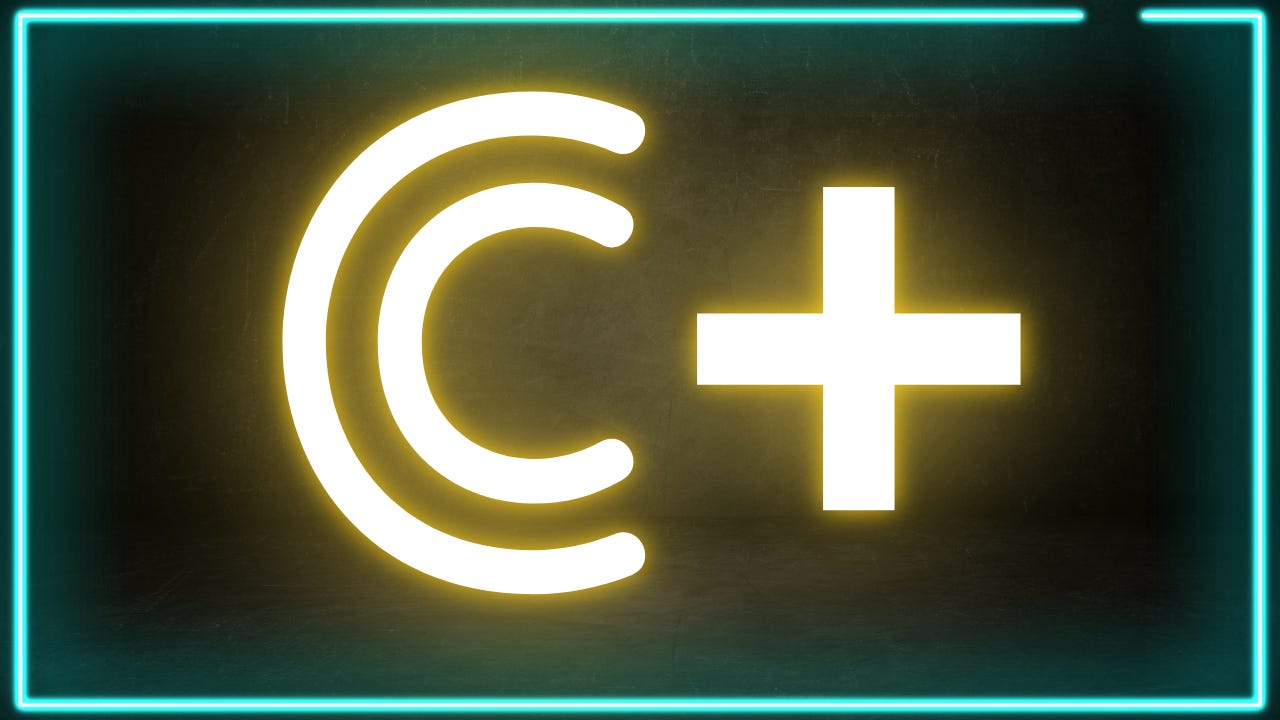Film Review: Happy Gilmore 2
Happy Gilmore Returns!
INTRODUCTION
This is a quick review of the newly released film Happy Gilmore 2. Please note that this is just one of the many movies I will have watched each year, and my initial grade for this film may change over time, for better or worse. To stay up to date on my thoughts about other movies and any potential changes in my opinion on this one, follow me on Letterboxd.
If you enjoy these reviews, I’d greatly appreciate it if you could share this newsletter with family and friends who might love receiving film reviews, classic movie lists, and Oscars projections straight to their inbox.
PLOT
Via Letterboxd: Happy Gilmore isn’t done with golf, not by a long shot. The short-fused legend swings for a comeback to make his kid’s dream come true.
REVIEW
Longtime readers will know by now that this film critic is a proud product of the nineties when it comes to childhood pop culture memories. And that includes the early Adam Sandler comedies, back when his films were getting more consistent praise from both critics and audiences, before his brand of humor became increasingly divisive and his output more hit-and-miss.
Among those early efforts is 1996’s Happy Gilmore, a film that has become a modern comedy classic for many in my generation, and certainly for the Gen X-ers that came before us. Admittedly, I never had quite the same deep connection to it as many of my peers. I was seven when it was released, and though I remember seeing it once years ago, it never became one of the Sandler movies for me. Still, I can’t deny what it means to so many others.
And now, nearly thirty years later, we have a sequel in Happy Gilmore 2. But rather than a major theatrical release, we’re getting it straight-to-Netflix release, a signal, frankly, that even the studio didn’t have much confidence in what should have been a box office tentpole comedy release. To make matters worse, the film is dropping the same weekend that many audiences are flocking to see The Fantastic Four: The First Steps on the big screen. And if that wasn’t enough of a red flag, critics weren’t given any advance screenings whatsoever, another time-honored signal that expectations should be tempered.
Sandler’s comedy has never really been my thing, but I’ve always had a certain respect for his approach. He’s spent decades making the films he wants to make, often with the same crew of friends, and seemingly shrugs off critical disdain. There’s something admirable about that from a creative standpoint. Personally, though, I’ve always preferred his more dramatic performances; unfortunately, those are the rarer outings compared to his steady stream of comedies.
That said, I rewatched Happy Gilmore in preparation for this sequel, and I was cautiously optimistic. The original is undeniably goofy, overly silly, and yes, downright stupid at times, but it’s also oddly endearing. Its scrappy underdog sports story still manages to work on a basic level.
With Happy Gilmore 2, I think die-hard fans of the original will find more to like than I did. The film leans heavily into nostalgia and frequent callbacks, something that reminded me a lot of the 2021 Coming To America sequel. In that case, I am a massive fan of the original and didn’t mind the callbacks. But here, where I’m more lukewarm on Happy Gilmore, those references quickly started to feel grating and lazy. The movie also relies far too much on cameos as a crutch, and after a while, I found myself rolling my eyes more than laughing.
The comedy is just as lowbrow and absurd as the first, but this time, the filmmakers attempt to layer in a more serious subplot involving grief and personal growth. The problem is that the inciting dramatic turn is so ill-conceived and tonally jarring that it makes it nearly impossible to take the emotional beats seriously. It’s hard to laugh and feel something when the movie can’t decide which tone it wants to commit to.
That said, I’d be lying if I said I didn’t laugh a few times. Christopher McDonald is still hilariously committed as Shooter McGavin, though I had mixed feelings about his character arc here. Benny Safdie, of all people, ends up being the MVP as the film’s villain. Bad Bunny shows up as Happy’s caddie, and while he’s decent enough performance-wise, the character itself is a frustratingly one-dimensional Latino stereotype that feels like a lazy throwback to writing tropes I thought we’d moved past.
Overall, Happy Gilmore 2 has brief flashes of the charm that made the original a cult favorite, but it’s ultimately more bloated, less clever, and somehow dumber than the first. If you’re a die-hard fan of the original, you’ll probably find enough here to enjoy on a nostalgic level. But if you’re not massively invested in the Happy Gilmore lore, you’ll likely walk away seeing this as a messy, misguided sequel - as I did. I give it a initial grade of C+.
GRADING




